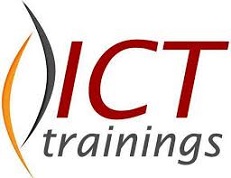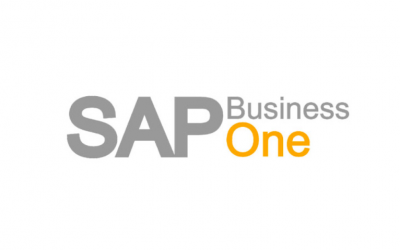Embarking on the journey to become a full-stack developer is a rewarding endeavor, and various educational paths can pave the way: Coding Bootcamps: Offering practical instruction and intensive curricula, coding bootcamps are effective for learning both front and...
Top Reads
Decoding the Full Stack Developer
In the ever-evolving realm of web development, full-stack developers stand out as versatile professionals with unique skills. But what exactly is a full stack developer, and why is their demand soaring in the digital landscape? Unveiling Full Stack Web Development...
From Clicks to Conversions: Impactful Role of Google Ads
The Mechanics of Google Ads Now that you understand the significance of Google Ads, let's unravel how it operates. Initiating a Google Ads campaign involves specifying your goals, whether increasing calls, directing visitors to your store, or guiding them to your...
Beyond Clicks: The Untold Benefits of Google Ads
In the ever-evolving landscape of online marketing, finding effective ways to connect with potential customers is crucial. One such powerful tool at your disposal is Google Ads, a cornerstone in the suite of marketing solutions provided by the search giant. Let's...
Understanding the PMP Certification: A Guide to Professional Excellence
The Project Management Professional Certification, or PMP certification, is a prestigious acknowledgment from the Project Management Institute (PMI) to professionals who fulfill specific educational and experiential criteria. Unlike many other certifications,...
Secure, Scalable, and Smart: SAP Business One’s Business Benefits
Are you contemplating the adoption of SAP Business One for your business? It's not a decision to be taken lightly, given the investment and time required for implementation. However, the benefits of this enterprise resource planning (ERP) system can be...
Amazon Virtual Assistant: A Game Changer for Your E-Commerce Success
In just one month after its inception, Amazon was raking in a staggering $20,000 per week. Fast forward two decades, and it has become a household name, serving millions of shoppers worldwide. Today, Amazon stands tall as the world's largest online retailer,...
A Comprehensive Overview of IELTS 2024
For students aspiring to pursue their studies abroad, the IELTS exam holds a position of paramount importance. With millions of international students attempting this examination, it is evident that it is a crucial prerequisite for gaining admission to foreign...
Evolving the Art of Presentation Design: Trends Shaping 2024
In the fast-paced realm of presentation design, 2024 heralds a fresh wave of creative trends that are redefining the way we communicate. In this article, we'll explore these current styles and innovations that promise to captivate your audience and convey your message...
IoT Evolution: What Lies Ahead in 2023 and Beyond?
The landscape of the Internet of Things (IoT) is rapidly evolving in 2023, with several noteworthy trends shaping the future of this technology. From addressing supply chain challenges to leveraging advanced artificial intelligence, here are some key IoT trends to...










